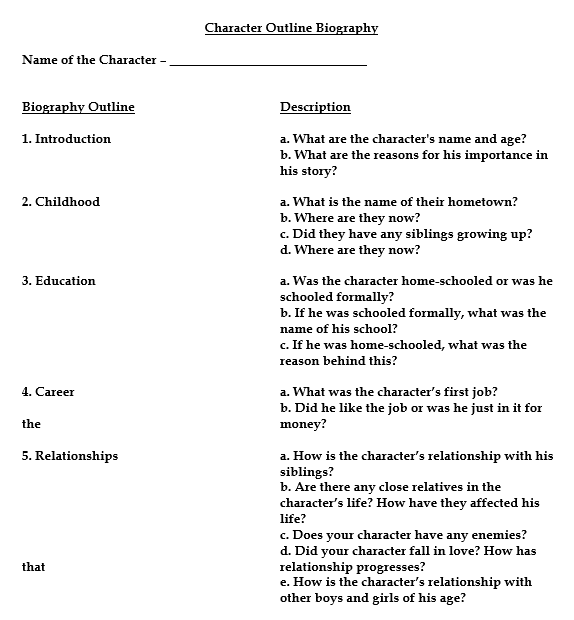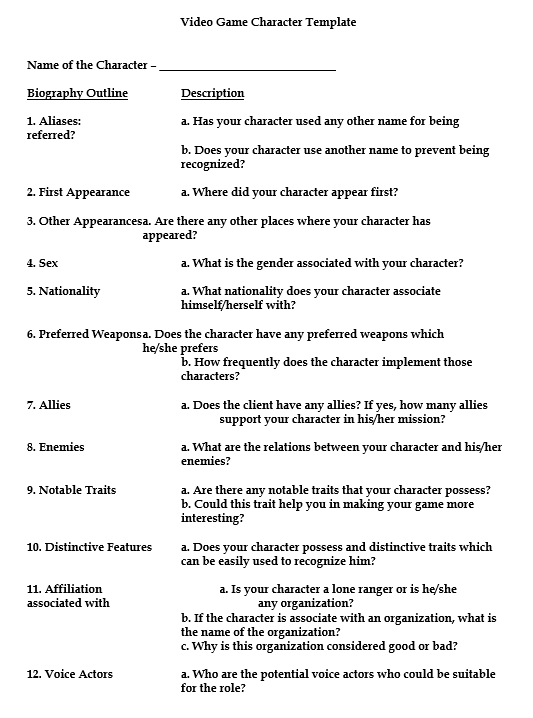A character biography is defined as a body of information that can be generated while keeping a particular character in mind. Character biographies are created in total separation from the actual context – be it a character in your book, movie or game etc.
The reasoning involved in creating character biographies is similar to that involved in creating a dictionary. A typical dictionary spends the majority of its lifetime simply laying around, untouched and unused. However, at the time of need, dictionaries are always there to help us whenever we reach out for them.
Character biographies are created with a similar mindset. The characteristics of a particular character, present within the character biography, might not be relevant to the context currently. However, generating this information could allow you to potentially improve the calibre of your context. For example, in a story, you could use the information to introduce a new character in the story. Or, you could create a hidden backstory that is to be revealed in the future.
Contents
Have a look at few Examples and Samples of Character Biography
Character Biography Outline Template for Writing
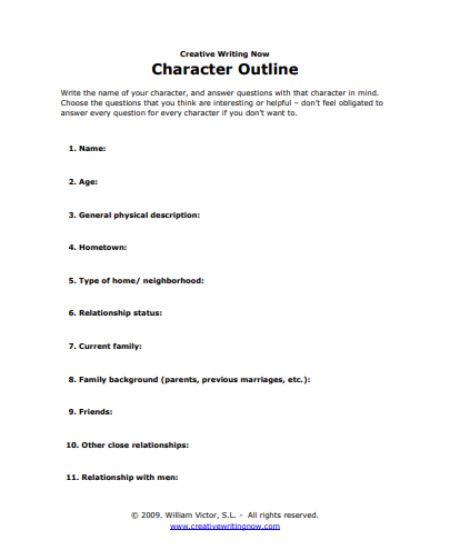
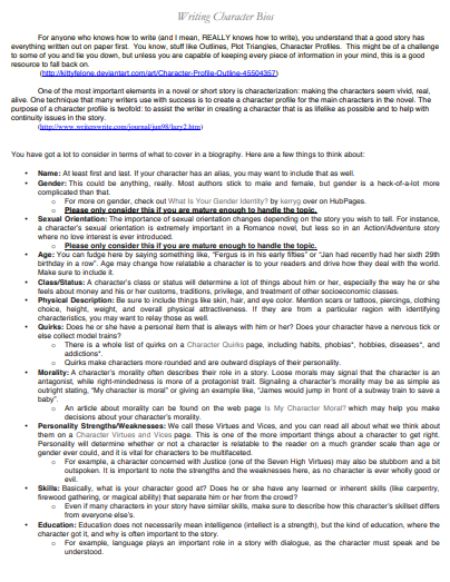
Given below is a simple character biography template which you can implement to structure a perfect biography for your character while writing.
Video Game Character Bio Template
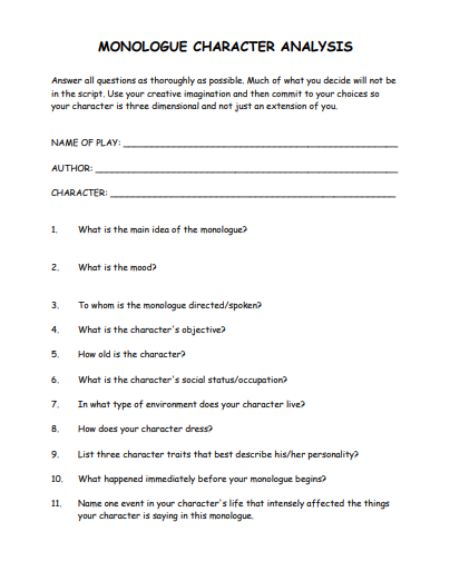
Writing biographies for video game characters are slightly different than writing biographies for traditional characters. Video game creators usually feel that the apt time for introducing video game characters is during the period after the brainstorming and creating the game world. Doing so provides the game creators to house the characters within their world.
You can use the guide below to create the required characteristics for your characters.
Online Character Biography Generators
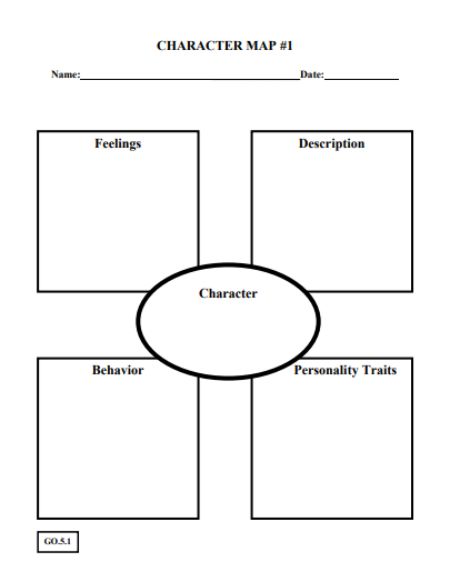
The above character biography template should completely eliminate any and all doubts that you might be having in your minds. However, if you still feel overwhelmed by all the steps that you might need to take in creating your character biography, you can go ahead use online character biography generators to get help in generating a character biography.
All that you need to do in creating the online biography generators is to fill in a few details such as the name, gender, social class, nationality, religion, education etc. of the characters. With the help of these details, the generator automatically generates the template. A few online generators which you can access to receive the required information are given below:
- Character Biography
Link – https://www.character-generator.org.uk/bio/
- Backstory Description Generator
Link – https://www.fantasynamegenerators.com/backstory-descriptions.php
- Writer’s Character Profile Generator
Link – http://writers-den.pantomimepony.co.uk/writers-character-profile.php
- Character Biography Generator
Link – https://oakdome.com/k5/lesson-plans/word/biography.php
- Backstory Generator
Link – https://www.kassoon.com/dnd/backstory-generator/
Contents of A Character Biography
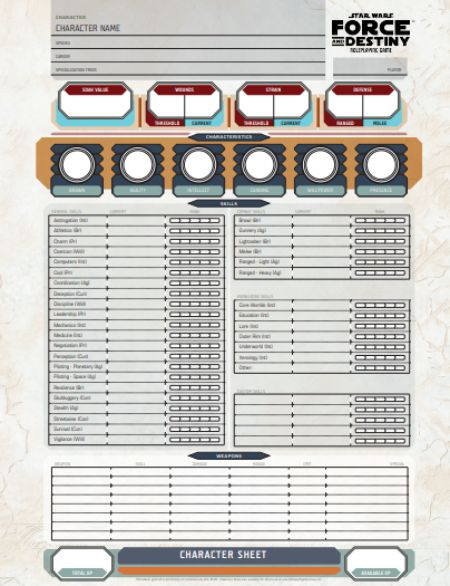
For us, imagination is the limit. Therefore, there aren’t any limits to the number of characteristics that can be contained in a character biography. Any characteristic that you include in your biography can be majorly classified among three categories. These are:
- Physical Aspects – The physical aspects of a character deal in creating an embodiment of the character. These aspects fuse life into the character by unifying him/her with the world. Numerous characteristics such as the looks of the character, hobbies, work ethics etc. help to build up the physical aspects of a character.
- Sociological Aspects – Sociology is the field of human study that deals in the niches of human societies and human interaction. Sociological aspects are generally used to provide structure to the emotional attitudes of the character in relation to society. One of the most important prospects in generating the sociological aspects of a character is his/her history. With the help of history, you can generate details regarding the character’s social status, financial status, his/her relationship with the parents etc.
- Psychological Aspects – Psychological aspects deal with the behavioural traits of the character. These facets can greatly help you to map out the thinking process of a person. Few traits that can help you in accomplishing so are the temperament, preferences, disapprovals, fears etc of the person. Creating a character’s psychological profile right at the beginning is not an easy task. But, as you further develop your character, you start to figure out the attributes power the character vis-a-vis the context.
The Steps Involved developing a character biography
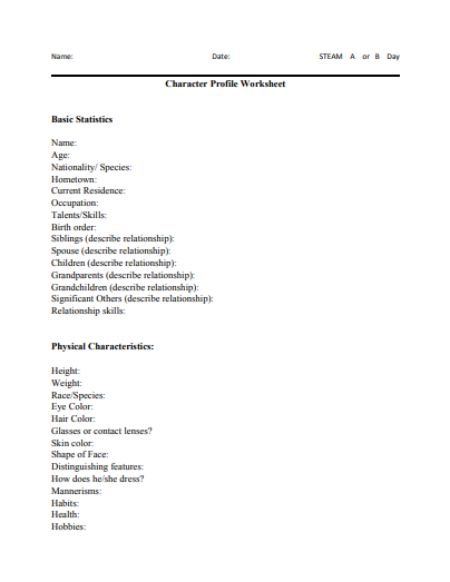
Developing a character biography isn’t something that can be performed at one go. There are numerous elements which are involved. In order to make sure that you develop a perfect character biography, you need to carefully piece together all the steps to develop the perfect character biography. The steps involved in doing this are:
- It’s all in the details – While developing your character biography, you should fixate on noting down even the tiniest of details. Make a note that no information is too trivial during this stage. Also, this step is a work-in-progress, meaning that it never stops. Even if you’re deep into developing your character, you should keep returning back to this step if you are stricken by some relevant piece of information.
- The essentials come first – As aforementioned in the contents, there are three aspects of a character biography. And it all starts by addressing the primary aspects of the character. These aspects include details such as hair colour, birthdays, height, weight, dressing sense etc. Usually, these details are the easiest of the details. You can be inspired by the environment around you and develop the aspects of your character in a likewise manner.
- The backstory, next – Once you’re done with the essential frameworks, dive deeper into the character frame and develop their backstory. The backstory essentially answers the fundamental question, “How did your character find their way to their current position?” This question can be easily answered by describing the numerous events in your character’s life. Answering the questions, in turn, will lead you to easily formulate your character’s backstory.
If your character is an adult, you might want to start their backstory from their childhood. Embarking from here, you can go on describing the numerous aspects of your character’s life that played a massive role in shaping their lives up. A backstory also presents you with the opportunity to answer various other questions such as the social status of their family, their financial status, the best mates of the character, the character’s relationship with his parents, are his parents deceased etc.
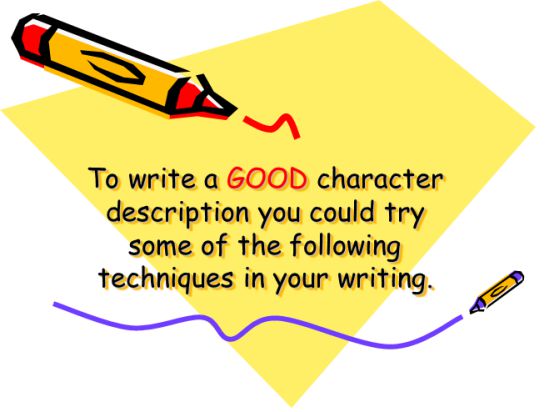
- The relationships amongst your characters – Character relationships are one of the most important functions of any story. These relationships serve important a function in shaping up your story. With the help of the relationship status, you can shed light on the various complicated, fluctuating and tense form of relationships that might be present. Apart from this, the history of the characters could also help you to shape up the relationship status.
During the process of formulating the relationships amongst your character, you will often come across some or the other form of repetition. You should understand that this is completely normal and doesn’t forebode any form of errors. On the other hand, this repetition can play an important role in your story. Not only does it reinforce the interactions amongst your characters, but it also allows you to display the contrasting thoughts and ideas amongst your characters.
- Miscellaneous – The miscellaneous section is in-charge of housing all other categories of information. Any other information, that you want to insert in your biography, but which does not fit into any of the other sections should be included under the miscellaneous section. There are various examples of trivial details that could be included under the miscellaneous section such as the character’s favourite animal, colour, first car etc.
Questionnaire For Writing A Character Profile
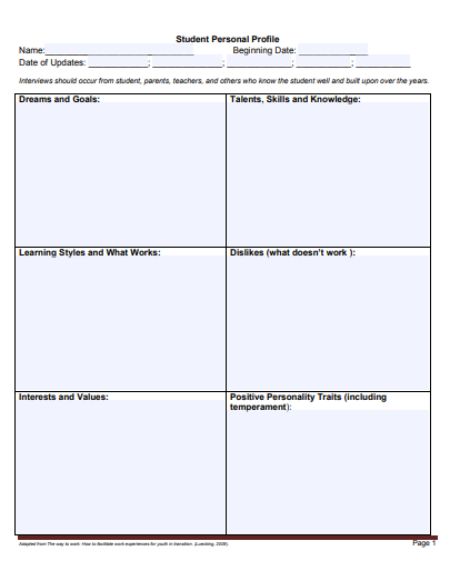
While writing a story, there is so much about the story that you, as a writer, may want to convey to your audience. However, it is nearly impossible to retain such vast quantities of data within the confinements of your mind. Keeping this shortcoming in mind, you should know the importance of relaying the complete set of details that help to make the details of your character, clear to the audience.
Creating a questionnaire can help you greatly, in such cases. With the help of a questionnaire, you can keep a track of all the information, present within the deep recesses your mind without overlooking on any of them while you’re busy writing your story. To help you, we have provided a sample questionnaire that can help you to achieve your writing goals.
The Essentials
a. What are the character’s name and age?
b.Where was he/she born? What is the name of his/her hometown?
c.How was their childhood?
d.How was the character’s relationship status with his parents?
e.Where does the character live now?
f.How old is your character currently?
Relationships
a. Does the character have any siblings? Where are they now? How is the character’s relationship with his siblings?
b.Are there any close relatives present in your character’s life? Are there any distant relatives, relevant to the story?
c.Does the character have any enemies?
d.How is the character’s relationship with other boys and girls of his age?
e.Does your character have any “in-love” relationships?
f.Did the character have any close friendships? Did the character have any other close relationships?
g.Was the character raised by only one or both parents?
Social Status
a. How is the character’s family’s social status? Are they a wealthy family or not?
b.What expectations did the parents and the society have from your character?
c.What are your character’s education qualifications?
d.Does the social status of the character change during their childhood? If yes, what and why does this happen? How does it shape the character’s future in your storyline?
e.What religion does your character associate himself with? What is your character’s attitude towards the concept of religion and God?
Personality
a. Is your character an introverted and extroverted kind of person? Is he or she popular at their school, workplace or society?
b.Is your character considered to be a leader or a follower?
c.Does your character possess a sense of humour or is he a short-tempered individual? Does your character have the consideration of what others think or do?
d.What opinion does the character have of himself/herself?
e.What are the goals, ambitions, and philosophy of life as stated by the character?
f.Are there any other personality traits that could define your character?
Story???
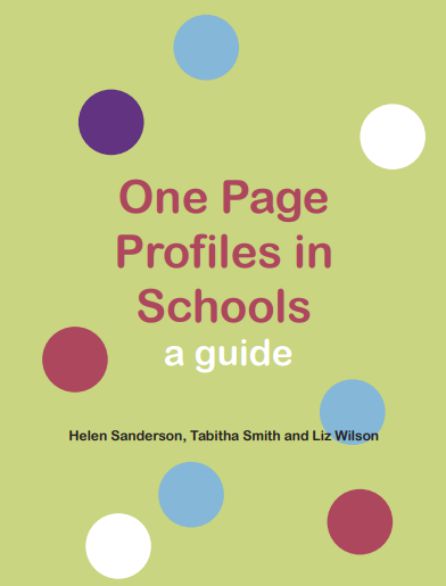
Creating a character within a story is not as difficult as it is perceived to be. All that it takes, is for you to be powered by a simple mindset and use two simple steps.
These steps are given below:
- Possess Clarity – Be crystal clear about your character’s purpose in your context. Even before you start the process of creating your character, be clear about the reason for which your character exists. This step not only helps you to not only allows you to define him/her in accordance with the story but also prevents you from unnecessarily introducing characters.
- Pen Down Your Thoughts – Now that you’ve spent a considerable amount of time thinking about your character, pen down your thoughts and ideas onto paper. Take all the time that you may need during this process. Revamp your character into an entity of flesh and blood powered by your imagination. Write about him as if you have actually lived or spent time with him.
How To Write A Character Description
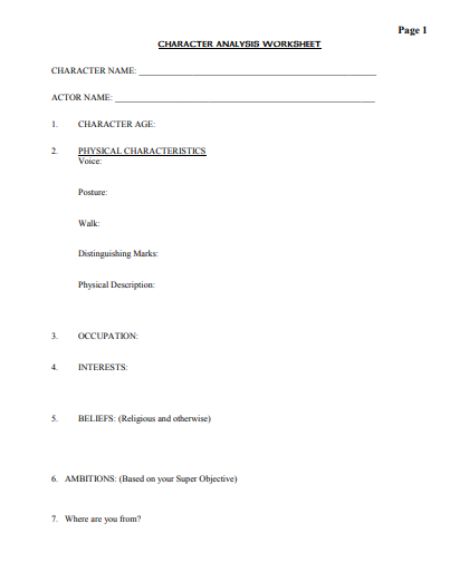
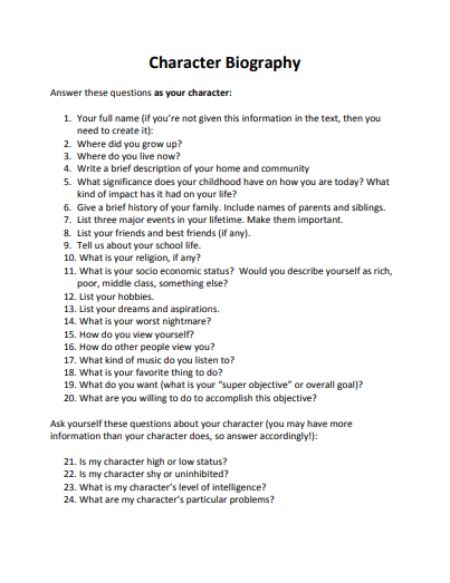
The characters in our context, be it a story, poem, video game or even essays, accentuate our story. These are the creations which turn into flesh and blood with the help of our words. More often than not, these characters speak for us and even carry our emotions. Due to this, it is highly essential that we anchor them unto our context in the right means.
However, these characters do not exist until and unless we actually anchor them unto our context. Doing this is quite easy. All that you need to do is follow the simple tips given below:
- Constant Specificity Is Irrelevant – Being specific can help your character’s rise in the story. However, this does not mean that you have to constantly be specific while writing the description.
- Describe Facial Expressions – As far as accurately possible, try and describe the character’s facial expressions. Doing so allows your audience to perceive the thoughts that might be swirling within the minds of your character. Apart from this, it could also allow them to predict what his/her next reactions might be.
- Make your Descriptions As If They Match The Tone – Write your context as if the descriptions match the tone in which your audience might read it. For example, if you want to describe a funny piece, make descriptions that go along with it. An example of this could be, “The child was funny-looking. When he grew up, he became a funny-looking youth.”
- Make Actions Apparent Which Reveal Physical Characteristics – You can ingeniously integrate physical characteristics with the help of the actions of your character. For example, “While walking, she pulled the clip and set her auburn hair free…”
- Describe The Body Language – Write your story in a manner which can help you to describe the way in which your character moves or carries himself or herself. Doing so, allows you to give a more accurate sketch of your character.
- Less Is More – This is the most important to be kept in mind. While describing a character, you may feel inclined to constantly describe the character from head to toe. However, instead of a detailed description, try to use to well-placed clues which help readers to form an accurate picture in their minds.
The Distinction Between Trait and Character
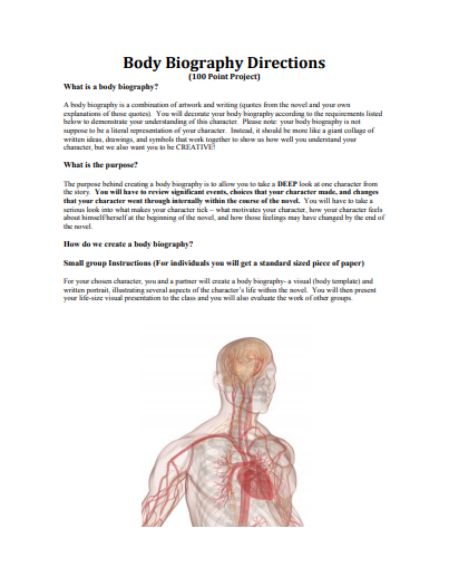
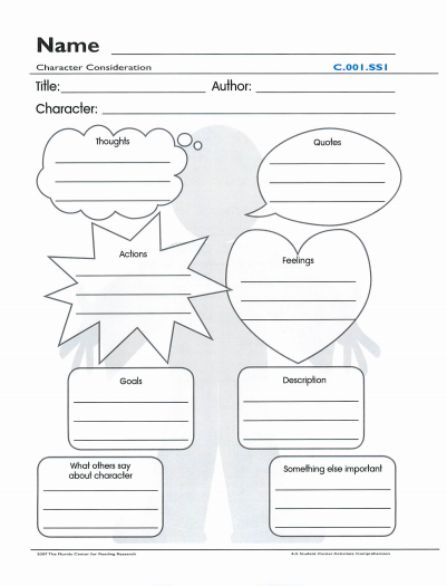
Character and traits are two words in the English Language which are often misunderstood with each other. The primary reason for this due to them being considered as mere synonyms of each other. However, these are two words which have a completely different meaning than each other.
- Character – The word character helps us to understand a sense of quality. A character who has qualities such as integrity, honesty, helpfulness etc. are automatically associated to be a good character. On the other hand, a character that depicts the qualities of deception, rudeness, manipulation etc. are known as bad characters.
- Trait – On the other hand, a trait is a characteristic or a feature that is inherited by a person genetically. In a gist, it can be said that traits are inherent qualities that have been genetically inherited from the previous generations.
Combining A Character Biography Using A Character Worksheet
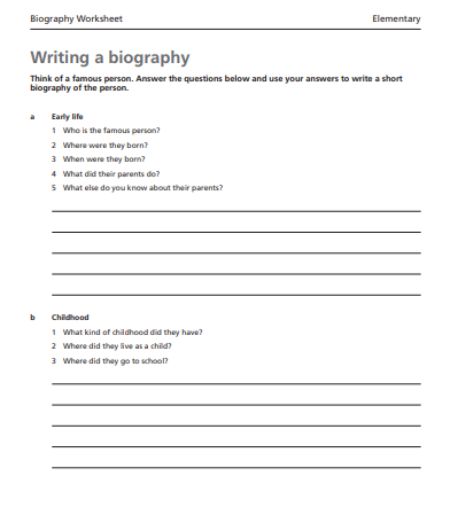
A character plays one of the most important roles in shaping up a story. Accessibility to a well-defined and well-developed character, allows you to breathe life into the numerous traits and opinions that drives these characters to their accomplishment. The process of creating such well-defined characters is known as characterization.
Characterization is performed via the help of character worksheets. Character worksheets contain a short description of a particular event and help the writer to figure out a particular character trait of that character.
However, a character worksheet can perform so much more than that. Once coupled with a character biography, a character worksheet can be used to generate a complete list of traits and factors possessed by a character. Often, the questionnaire found in character biographies is integrated into a checklist format which easily generates the entire traits of the character.
Creating and writing about a character in your story is a magic. A character biography is a process of writing specific traits of a character logically and reasonably. Character biography includes consideration of elements like character’s role in the story and the various conflicts associated with the character.
Your story may include different characters interacting with different other characters for different conversations. There is no need to write a biography for each and every single character in your story. A character biography is deserved for a character which the writer feels he/she is a very intense and serious character.
Here are few points on how to write a character biography:
1) Get into the right mindset beforehand
2) Start with the essential details
3) Move on to their back story
4) Describe their fears and desires and relationships with other characters
5) Miscellaneous things like character’s favorite things to do, hobbies etc.
The following tips are useful when you think of expanding your character’s bio:
1) Personal information including family, strengths and weaknesses, flaws etc
2) Writing about their back story is also important
3) What connects to your character
4) Wants and desires drive your character’s intentions
5) Character arcs
The main reason for writing a character’s biography is reader’s will get to know completely about the character that inspires them and helpful to better understand the character. The other reason is reader’s eagerness and interest to know about the character that is inspirational and unique.
